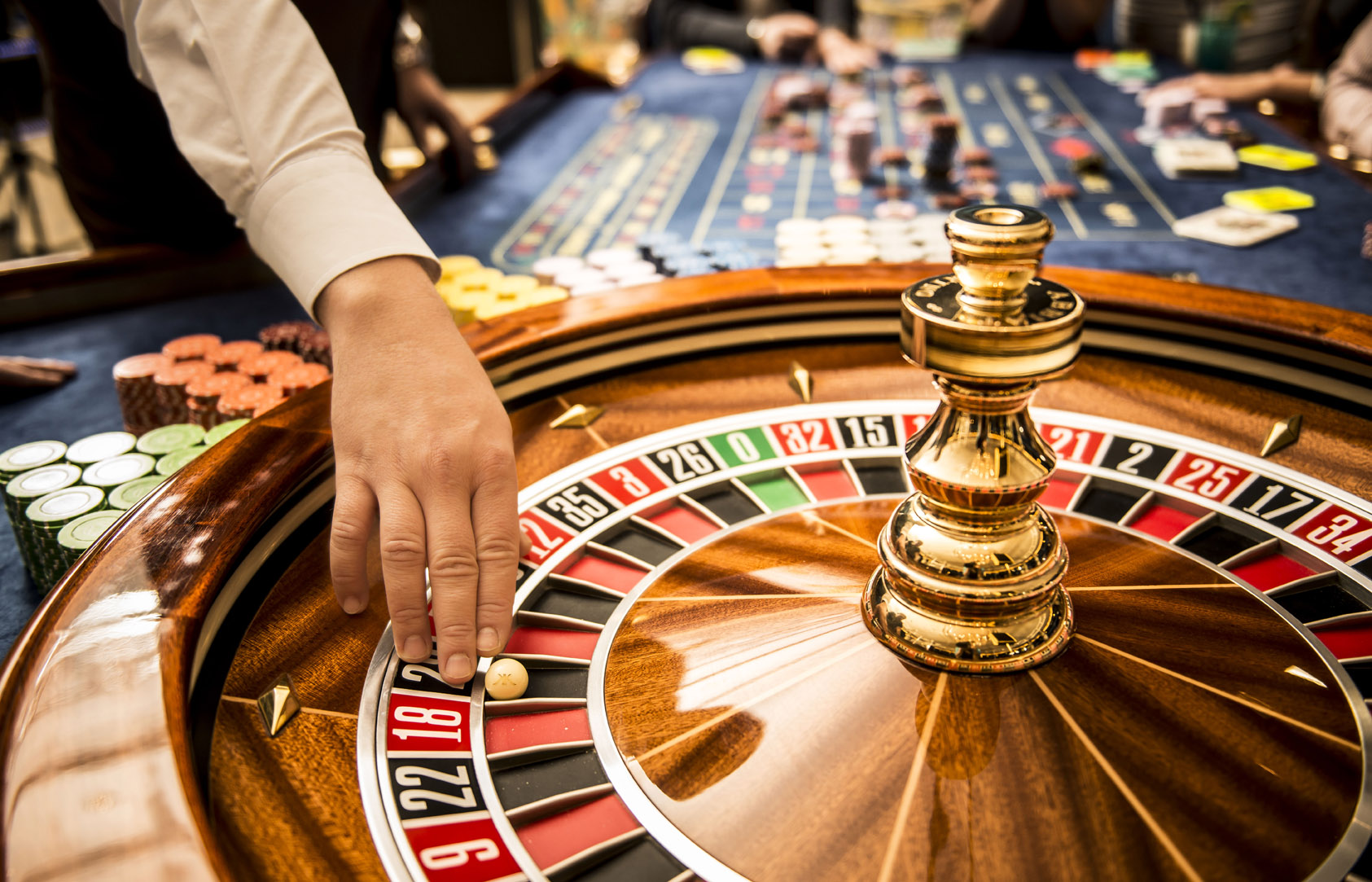The fascinating Psychological principles Behind Gambling Game Design
Gambling games have long captivated people’s attention, drawing players into a universe filled with fortune, tactics, and the allure of adventure. Each experience is meticulously crafted not just for fun, but also to evoke particular emotional responses that keep gamblers involved and interested. Understanding the reasons behind these designs reveals much about how human psychology plays a vital role in the gaming experience.
From the dazzling lights and dynamic sounds to the intricate layering of guidelines and incentives, casino games are designed to create an atmosphere of thrill and anticipation. Game designers leverage behavioral strategies to influence player behavior, whether through the use of jackpots, almost wins, or social connections. By examining these elements, we can better appreciate how casino games fulfill not just a need for entertainment, but deeper psychological needs for thrill and uncertainty.
Understanding Gamer Behavior
Casino games are designed with a deep grasp of player psyche, which is vital for luring and retaining players. The excitement of the game, coupled with the anticipation of winning, establishes a strong draw. Game designers make use of elements like sound effects, vibrant graphics, and engaging gameplay to capture attention and evoke emotional responses. These sensory elements enhance the total environment, making players feel more attached in the game.
Another significant aspect of player behavior is the concept of risk/reward dynamics. Casino games often balance high-risk scenarios with the potential for considerable rewards, which can cause the phenomenon known as near-miss phenomenon. When players come within reach to winning, the brain produces dopamine, strengthening their behavior and encouraging them to continue playing in search of that elusive win. This cycle of wish and disappointment plays a key role in how games are designed and advertised.
Lastly, social elements also play a pivotal role in player behavior at casinos. Many games are crafted to be played in teams or in company with other players, nurturing a sense of togetherness and communal experience. http://kubetf.dev/ The community engagement inherent in games like poker enhances enjoyment and can culminate in extended gameplay. Designers leverage on this by designing environments that encourage players to stay, socialize, and revisit, making the overall casino experience more appealing.
The Role of Imagery and Sound
Imagery and sound play a vital role in enhancing the player’s experience within casino games. Designers utilize vibrant colors, eye-catching graphics, and captivating animations to grab gambler’s attention and maintain their interest. The use of themes, such as adventure or opulence, helps create an engaging atmosphere that transports players into a different world. By appealing to the senses, these elements add to a heightened emotional response, prompting players to engage more profoundly with the games.
Audio design is equally important in reinforcing the experience of gambling games. The mix of background music, sound effects for winning combinations, and ambient noises creates an auditory landscape that holds players enthralled. Audio cues associated with wins, such as chiming bells or festive music, evoke feelings of excitement and satisfaction, encouraging players to continue playing. These sound cues are strategically placed to enhance the thrill of the game and create a more engaging experience.
Additionally, the synchronization of visuals and audio is crucial for supporting the game’s overall theme and mood. Each element should coordinate seamlessly to create a unified experience that draws players in. The effective use of this integration not only enhances user satisfaction but also boosts the likelihood of return play, as players become more invested in the captivating world that the gambling games offer. This thoughtful combination of visuals and audio ultimately enhances player engagement and commitment.
Reward Structures and Engagement
The design of gambling games greatly depends on reward structures to ensure participants engaged and coming back for additional experiences. These systems are based in behavioral principles that exploit human behavior and desire. Participants are often motivated by the thrill of winning, which is supported by immediate feedback through the game’s design. This instant gratification not only enhances the gaming experience but also fosters a sense of achievement, prompting participants to keep participating in hopes of bigger rewards.
Gaming establishments utilize various incentive systems, such as large payouts, extra rewards, and multipliers, to captivate players. These elements create a layer of excitement that maintains engagement. Additionally, the randomness of outcomes plays a crucial role in keeping attention. The variable reward system, where wins are random but happen often enough, keeps players on edge and driven to continue participating. This cycle of anticipation and anticipation is essential to the effectiveness of gambling experiences.

In addition, community aspects, such as competitive events and collaborative options, enhance the engagement factor by tapping into the competitive nature of participants. The communal aspect of playing with others can amplify the thrill of success and create a sense of community within the gaming space. By combining these social dynamics with efficient reward systems, gambling experiences don’t just provide fun but also nurture a deeper bond among players, reinforcing their loyalty to the overall experience.